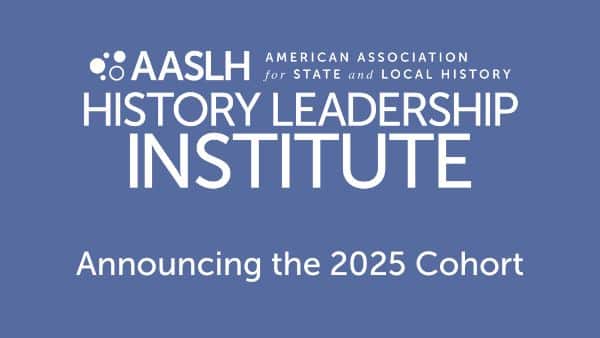What do 90s sitcoms like Full House and Sister Sister have in common with Oscar award winning film Midnight in Paris and Mary Poppins? Very little, actually, except that I’ve found scenes from each one very helpful when training new front-line staff.
Recently, a post came through one of the museum ed listservs I subscribe to, and the poster was looking for some good examples of training videos used in interpretation.
My first thought was “should I share the Full House episode where Uncle Jesse and Danny chaperone Michelle’s class trip to the natural history museum, OR do I share the Scary Mary trailer in which some genius film student created a new trailer for Mary Poppins—the horror film?”
Reading a little more closely, I realized that this post was probably looking for actual instructional videos, but it got me thinking about how often I use Hollywood to get new staff thinking and talking about interpretation. Today, when a colleague told me about an assignment he had in an online class that asked everyone to call out references to museums in films, I finally got the courage to share this somewhat unconventional training strategy.
I do realize that these are extreme scenarios (at least some of them), but showing these has helped me talk about specific scenarios our interpreters are bound to face at some point in a non-threatening, generic way that can lead into conversations about site-specific examples.
Below are a list of a few of my favorites-what are yours?
And, if your boss walks in just as Michelle breaks the dinosaur, you have a totally legit explanation!
When I’m training on policies and procedures for field trips, I use these clips:
- https://www.youtube.com/watch?v=zpXVWvyltGY (at the 4:17-6:06 mark)
- http://www.youtube.com/watch?v=je_jA_6mnpk
When I’m talking about difficult customers, I share this:
For issues with tone, this Mary Poppins trailer is great:
And, when we’re gearing up for working with teenagers, I like this little gem:
Have you used movie clips in your own institution’s training or professional development for interpreters and educators?





